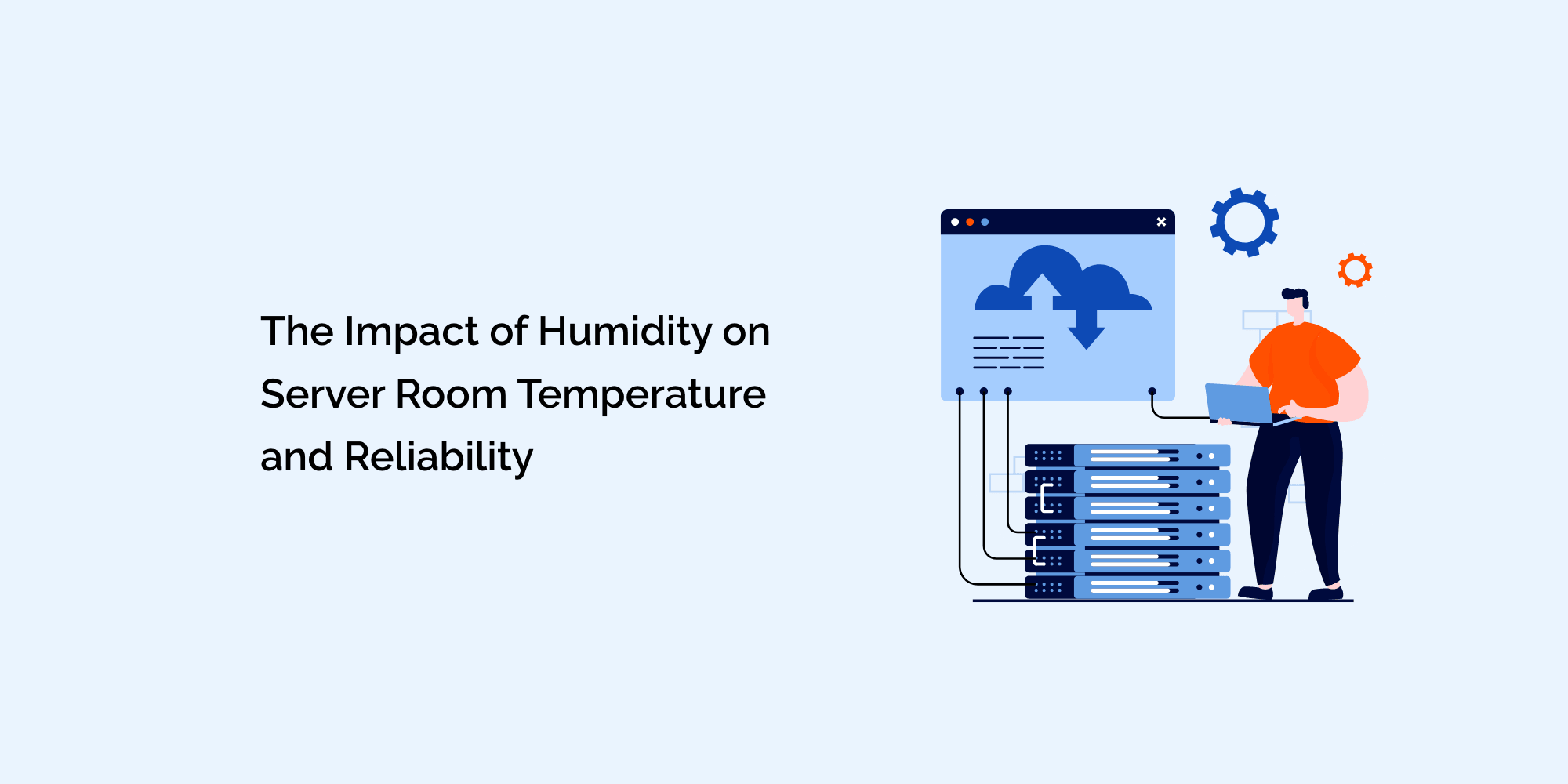In the digital age, server rooms are the backbone of organizations, housing critical infrastructure and data storage. Temperature control in server rooms is a well-known necessity, but the role of humidity is often overlooked.
Humidity levels can have a significant impact on server room temperature and the overall reliability of the equipment.
In this blog, we will explore the relationship between humidity and server room temperature, examine the effects of humidity on equipment performance, and discuss effective strategies to maintain optimal humidity levels for a reliable and efficient server room environment.
The Importance of Humidity Control in Server Rooms
Understanding Humidity and its Effects
- Definition of humidity and its measurement units
- The impact of humidity on human comfort and equipment performance
The Significance of Temperature Control in Server Rooms
- Overview of optimal temperature ranges for server rooms
- The consequences of temperature fluctuations on equipment reliability
Humidity's Role in Temperature Control
- The relationship between humidity and temperature
- How humidity affects cooling efficiency in server rooms
Effects of High Humidity on Server Room Equipment
Corrosion and Oxidation
- The role of moisture in causing corrosion and oxidation
- Effects on server room components, such as connectors and circuit boards
- Risks of increased failure rates and reduced equipment lifespan
Condensation and Water Damage
- How high humidity levels can lead to condensation formation
- Potential consequences of condensation on servers and other equipment
- Water damage risks and their impact on data integrity
Heat Dissipation Challenges
- How excessive humidity can impede heat dissipation
- The importance of proper airflow in maintaining equipment temperatures
- Impact on cooling systems' efficiency and energy consumption
Strategies for Effective Humidity Control
Monitoring Humidity Levels
- Importance of continuous humidity monitoring
- Available tools and technologies for humidity measurement
- Recommended humidity thresholds for server room environments
Implementing Dehumidification Systems
- Overview of dehumidification systems and their functions
- Types of dehumidifiers suitable for server room environments
- Placement and sizing considerations for optimal performance
Improving Ventilation and Airflow
- Importance of proper airflow management in humidity control
- Ventilation strategies to maintain ideal humidity levels
- Impact of hot and cold aisles on humidity distribution
Sealing and Insulation
- Identifying potential sources of moisture ingress
- Sealing gaps and openings to prevent humidity infiltration
- Insulation techniques to minimize temperature and humidity fluctuations
Regular Maintenance and Inspection
- Importance of routine checks for leaks and water damage
- Cleaning procedures for humidity control equipment
- Regular calibration of humidity sensors
Human Factors and Best Practices
Employee Education and Awareness
- Training staff on the importance of humidity control
- Encouraging vigilance in reporting humidity-related issues
- Promoting best practices for maintaining optimal conditions
Environmental Monitoring and Alarm Systems
- Investing in comprehensive environmental monitoring systems
- Setting up alarms and notifications for humidity deviations
- Utilizing remote monitoring capabilities
Conclusion
Maintaining optimal humidity levels in server rooms is a critical aspect of ensuring the reliable performance and longevity of equipment. High humidity can lead to corrosion, condensation, and heat dissipation challenges, significantly impacting the overall reliability of the server room.
By implementing effective humidity control strategies, such as monitoring, dehumidification, improved ventilation, sealing, and regular maintenance, organizations can mitigate the risks associated with high humidity levels.
Moreover, fostering employee education and awareness about humidity control best practices contributes to a proactive approach to maintaining a reliable and efficient server room environment. By prioritizing humidity control, businesses can safeguard their valuable data, minimize equipment downtime, and enhance the overall performance of their server infrastructure.








